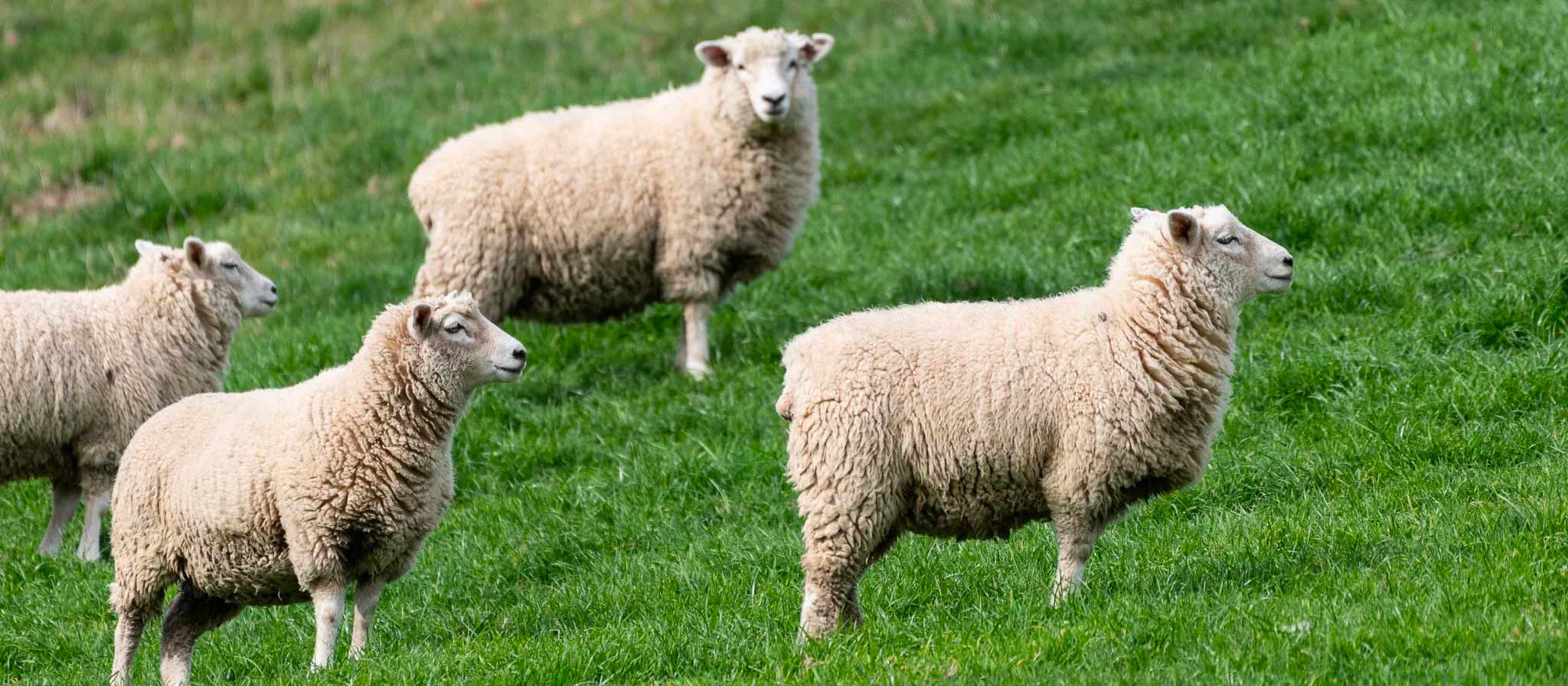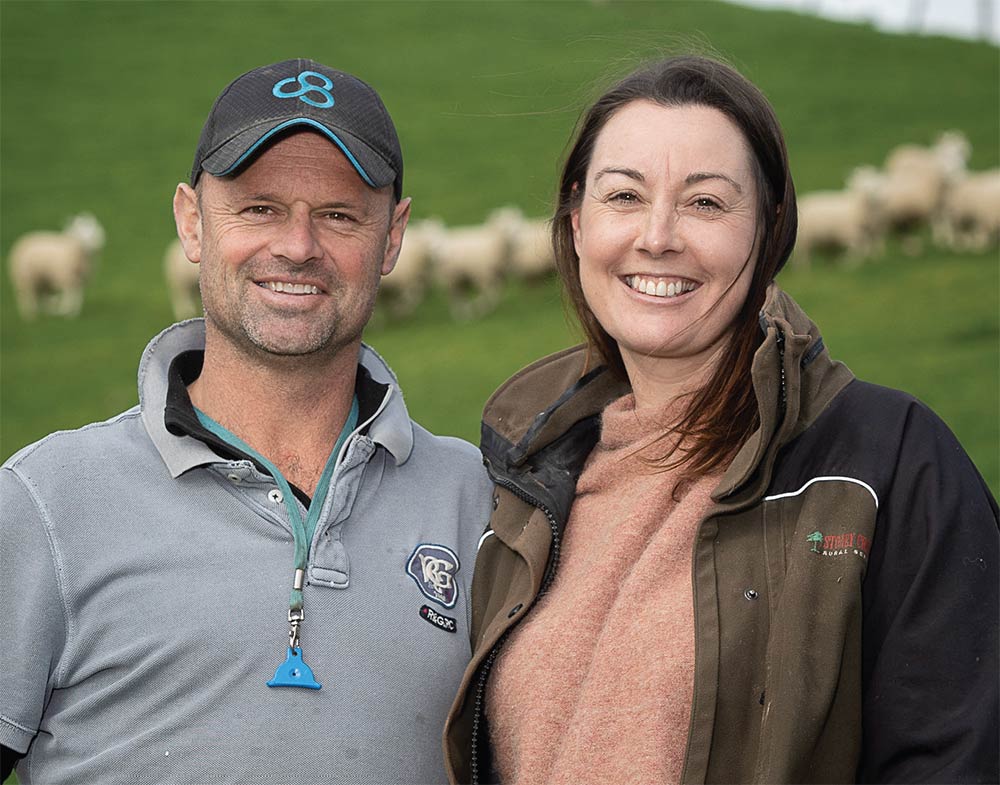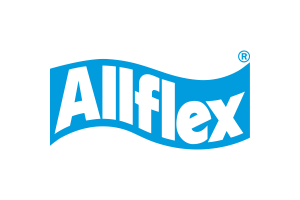

Wairarapa farmer ready to reap the rewards of EID tagging ewe flock
At a glance
Richard Tosswill
Location: 646ha farm, East of Masterton
Stock: 2800 ewes, 900 ewe hoggets, 110 beef cow herd and replacements
EID tags ewe hogget replacements
Challenges
- Lambing problems due to overfeeding.
- Managing the data and building a history on each animal in the flock, to be used for future selection decisions.
Benefits
- Capture pregnancy data at ewe scanning, body condition scores, and live weights to build a more detailed profile of the flock.
- Improve ewe selection based on efficiency of lamb production.
- Improve the overall fertility of the mixed age flock and identify singles and lates.
Background
A primary intention of tagging his annual crop of ewe hogget replacements is to improve ewe selection based on their efficiency of lamb production. But Richard Tosswill is also mindful of signals coming from meat companies on farmers providing full traceability and production history back to farm of origin. Richard admits he struggled initially with how to process and make more use of his captured data sets, but that’s high on his agenda now that he has built up the history over the past three years.

After three years of electronic identification (EID) tagging ewe hogget replacements, Wairarapa farmer Richard Tosswill is now ready to extract much greater insights from his ewe flock.

